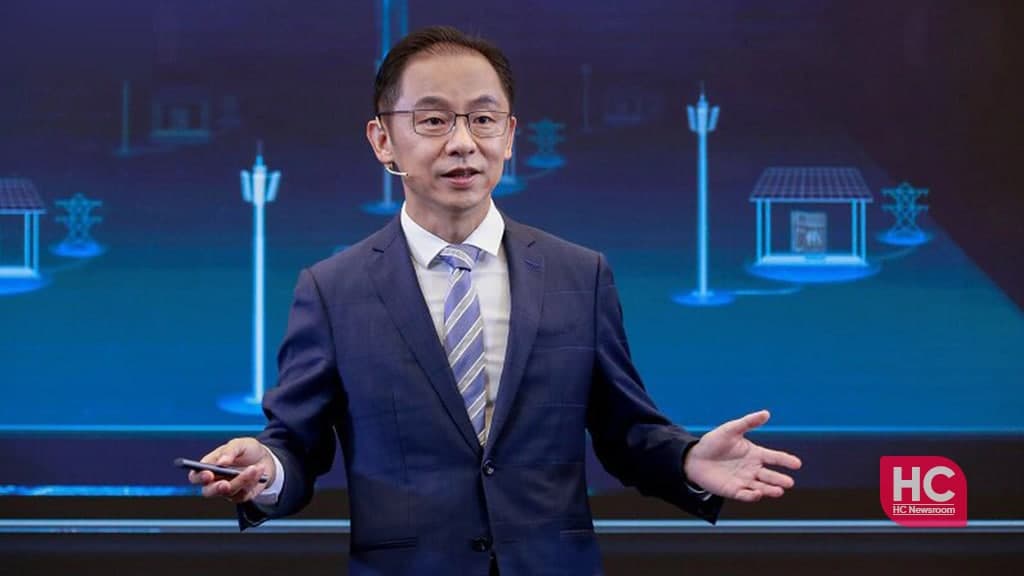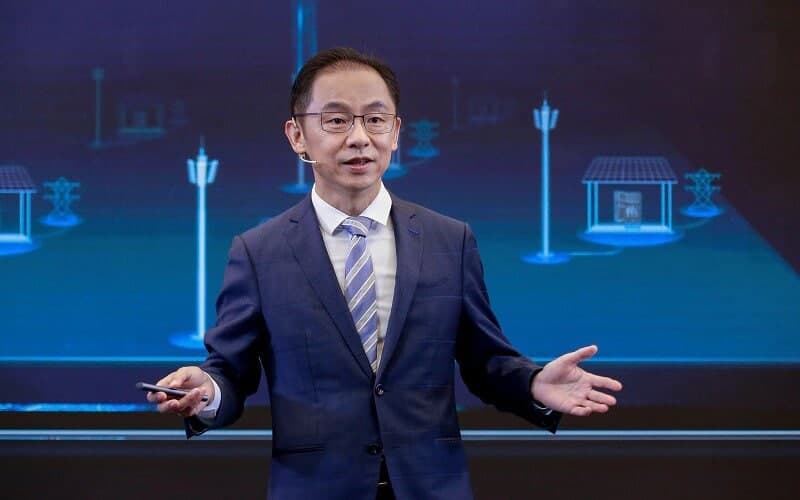News
5G leading us towards the low-carbon future: Huawei Director

Ryan Ding who is the Executive Director and President of the Carrier Business Group at Huawei enlights the 2021 MBBF with his speech– Green 5G Networks for a Low-Carbon Future. He said, 5G is becoming a new trend for the communication industry as well as for Huawei that is leading us towards the low-carbon future.
The industry needs to keep running after new innovations in terms of power supply, distribution, use, and management. These revised technologies will help the industry in creating a greener 5G network web with increased efficiency and reduced energy expenditures.
According to the Huawei director, network operators from the countries such as China, South Korea, and Kuwait are providing 5G services to their consumers are getting equal returns as they have invested. Still, the business will only maintain its flow when the 5G user penetration rate is high enough.

Know More: Huawei building low-carbon, efficient, and intelligent all-optical target network
In this line, the nationwide 5G coverage are coming with numerous benefits that also include flexible service packages. In addition, the gigabit network experience has significant benefits over the 4G network with a threshold rate increased by 20% and providing a migrate network evolution.
High Quality 5G Network: Increased Mobile Data Traffic
During his speech, director Ding also mentioned as the application of 5G will grab speed, the mobile data traffic will also increase with the corresponding speed. Observing the figures he further informed that average data traffic will reach up to 600GB for each user per month by 2030.
Furthermore, if the network efficiency remains the same, the consumption of wireless networks will increase by more than tenfold. To handle this scenario, the industry must need to focus on power supply, distribution, use, and management innovation. He concluded by saying, Huawei hopes to contribute to reducing greenhouse gas emissions by up to 45% and building a greener and low-carbon future scenario for the 5G network.






